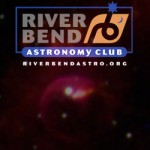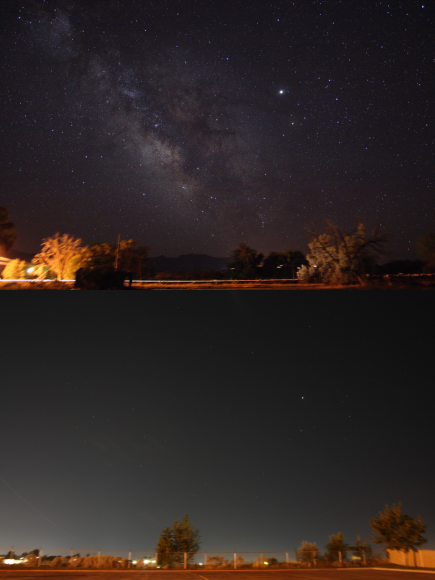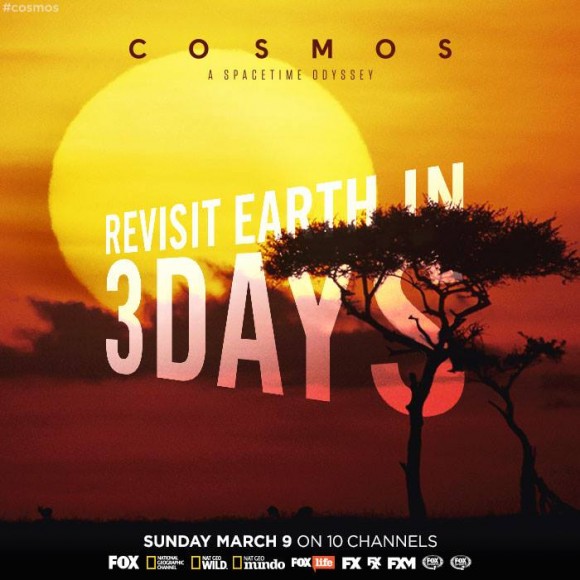
Mar 08
TV Show ‘Cosmos’ Gets An Epic Reboot This Sunday
Poster for Cosmos: A Spacetime Odyssey.
Sunday is going to be a once-in-a-generation moment. For those of us who were too young to remember the original Cosmos (writer puts hand up) or those who are eager to see the classic 1980 Carl Sagan series updated with discoveries since then, we’re all in luck. A new series starring astronomer Neil deGrasse Tyson is premiering on Fox.
NASA hosted a sneak preview of the series at several NASA centers, and the early reviews on Twitter indicated a heck of a lot of excited people in the audience. In the video above, you can watch the Q&A with the main players after the premiere concluded.
“Watching Cosmos, I saw a Brooklyn-born researcher pull back the curtain on a world of seemingly dense scientific concepts, which, with the flair of P.T. Barnum, he managed to present in ways that made them accessible to those of us lacking a degree in mathematics or physics,” Seth MacFarlane, the executive producer of Cosmos (who is best known for creating Family Guy), said in a statement.
Mar 08
See Light Pollution in Action

Like anyone else who’s ever looked up at the night sky in any but the smallest cities, I’ve seen light pollution first-hand. Like anyone else even marginally involved in amateur astronomy, I know about the fight against light pollution. And I know that, what with new LED lights and everything, it’s not going to be easy.
When, the other day, I was looking around for images demonstrating the effects of light pollution, it didn’t take me long to find some scary examples – the satellite images tracing human presence on Earth by its light pollution are rather unequivocal, and on Wikimedia Commons, there was an impressive image showing the same region of the night sky when viewed from a dark and from a lighter location:
The images were taken by Jeremy Stanley and are available via Wikimedia Commons under the CC BY 2.0 license. According to the author’s comment, he tried to match the two images’ sky brightness to his memory of how bright the sky appeared to his eyes.
What I didn’t find was an image showing a comparison of two images with the same specs (same camera and lens, same ISO, aperture and exposure time) under different viewing conditions. In the end, I found that I could produce such an example myself, using images I had taken during a trip to South Africa last spring.


